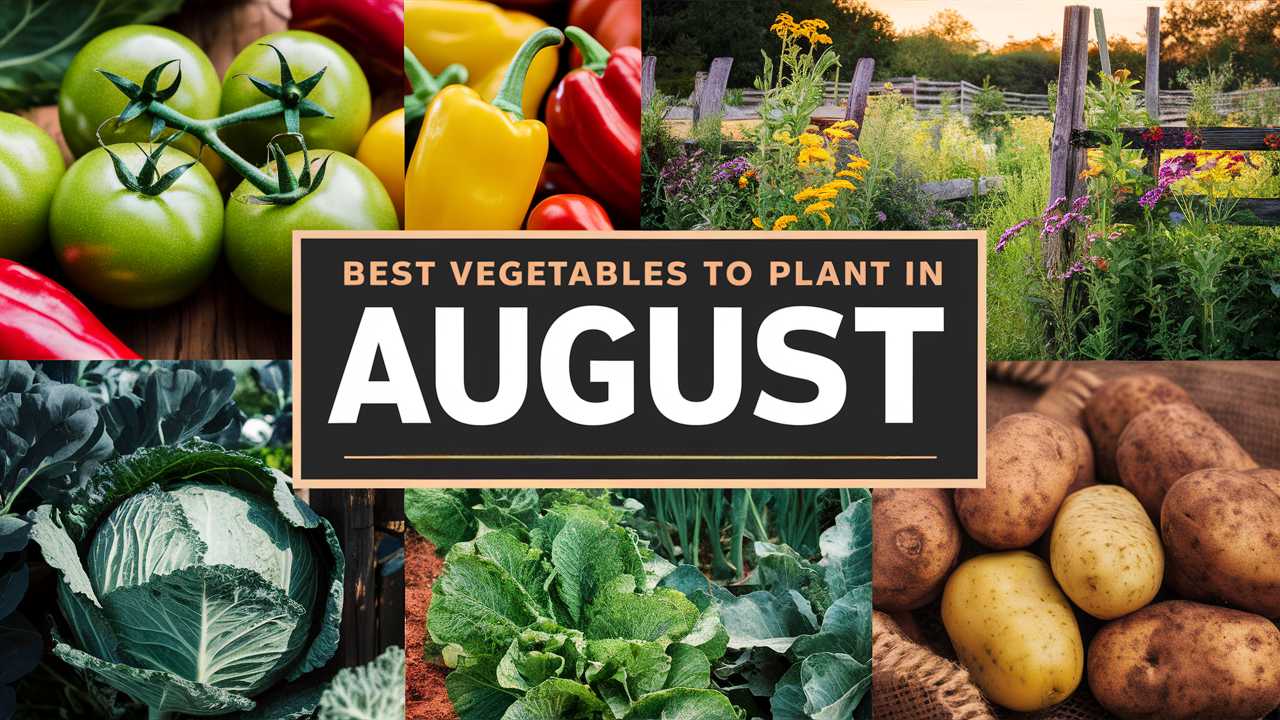August marks a unique transition in the gardening calendar. While many vegetable gardens may still be thriving from earlier plantings, the month also presents a golden opportunity for sowing crops that thrive in the cooler months ahead.
If you’re looking to make the most of your late summer garden, it’s time to consider which vegetables can flourish when planted at this time of year. Below, we’ll explore the best vegetables to plant in August, along with fantastic herbs to enhance your garden’s bounty.
Broccoli
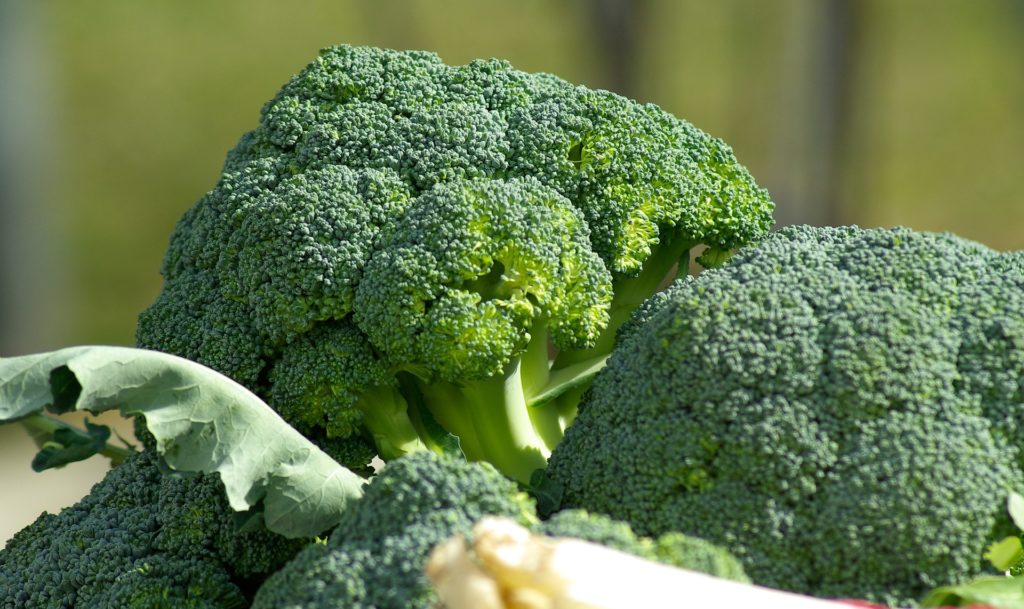
Broccoli is a cold-weather favorite that actually flourishes when planted in late summer for a fall harvest. As temperatures begin to cool, this cruciferous veggie becomes sweeter and tastier. The ideal time to sow broccoli seeds or transplants is mid to late August, giving them enough time to mature before the first frost.
One thing to keep in mind with broccoli is its preference for full sun and nutrient-rich soil. Ensure you prepare your garden area well by adding compost or well-rotted manure for the best results. After planting, be on the lookout for pests, particularly aphids and cabbage worms, which can be common in late summer gardens. Wisdom from seasoned gardeners suggests companion planting with marigolds to deter pests naturally.
Cauliflower
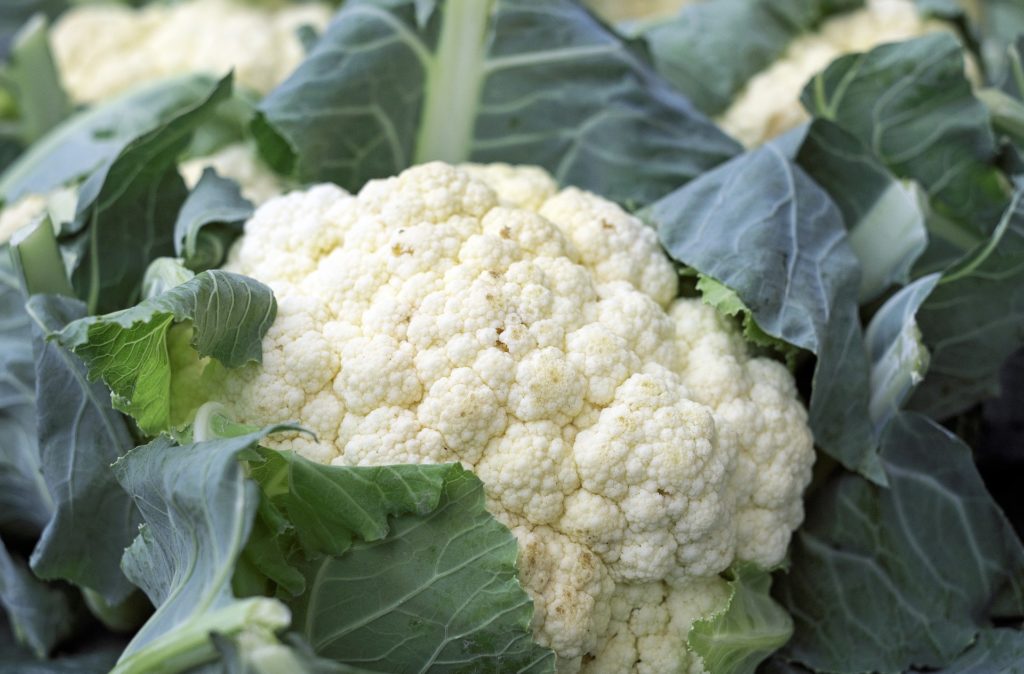
Just like broccoli, cauliflower enjoys the cooler climates as it matures. Planting cauliflower in August means you can look forward to delicious heads starting to form in the early fall. This versatile vegetable prefers similar growing conditions to broccoli, so choose a spot that offers full sun and well-draining, fertile soil.
When growing cauliflower, timing your sowing is crucial. It typically takes about 70-80 days from planting to harvest, so make sure to monitor the first frost dates in your area. A well-timed planting can provide you with some of the most flavorful and nutrient-packed cauliflower right when you need it most. Make sure to maintain consistent moisture in the soil for optimal growth, as cauliflower is particularly sensitive to fluctuations in water.
Cabbage
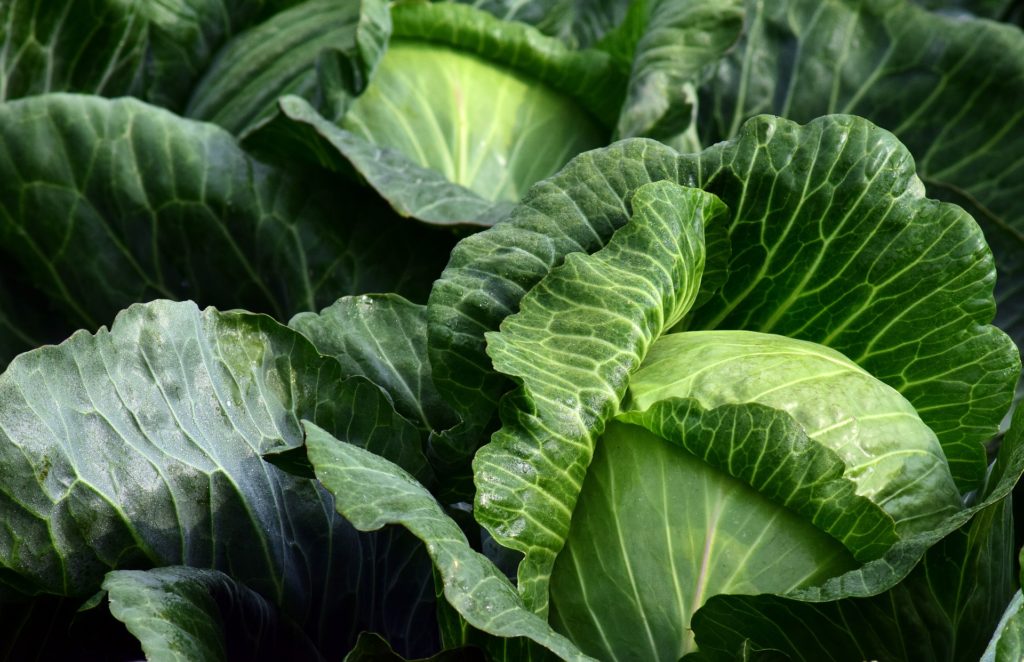
Cabbage is another fantastic vegetable to consider for your late summer planting. This leafy green thrives in cooler temperatures, making it an ideal candidate for August. It loves to grow in rich, fertile soil with plenty of nitrogen.
To plant cabbage, you can either start seeds indoors or sow them directly in the ground. Look for varieties that will mature within 75 to 100 days, so they can reach a hearty size before winter sets in. Cabbage can be harvested based on your preference—early for tender leaves or later for firm heads that can be stored for the winter.
An added benefit of cabbage is its storage potential. Once harvested, it can last for months when stored properly, making it a staple that can support your meals during the colder months. Just make sure to rotate your crops each year to prevent soil-borne diseases.
Purple Daikon Radish
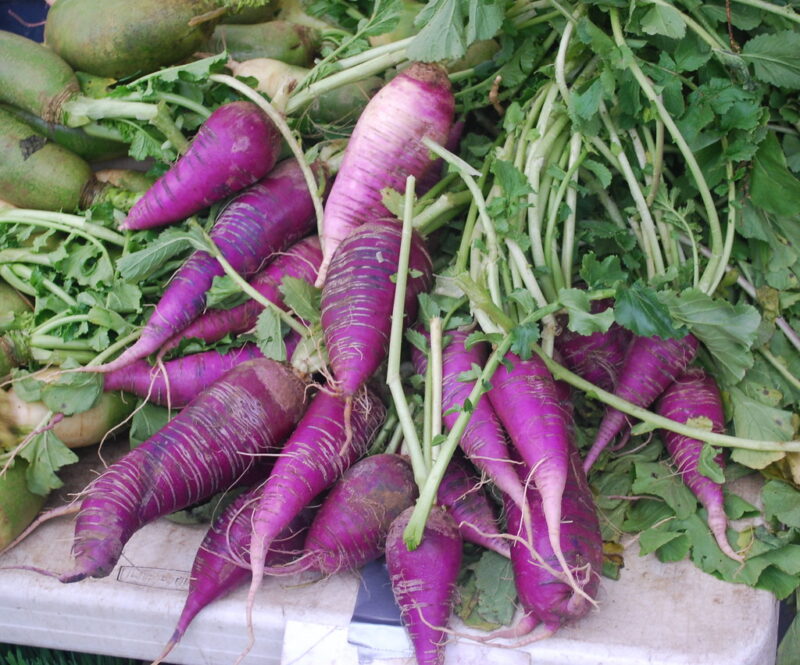
If you’re looking to enhance your garden’s diversity while sowing something unique, consider planting purple daikon radishes in August. These stunning root vegetables not only add a splash of color to your garden but also offer a delightful crunch to salads and stir-fries.
Glorious in both taste and health benefits, purple daikon radishes thrive in cooler temperatures, making late summer plantings a perfect time to grow them. They typically take about 50-70 days to reach maturity and like well-drained soil with good sunlight.
Why are daikon radishes so appealing for the August gardener? Firstly, they are incredibly low-maintenance and quick-growing, making them perfect for gardeners in a hurry. They can also help aerate the soil due to their deep roots, which is beneficial for future crops.
Swiss Chard
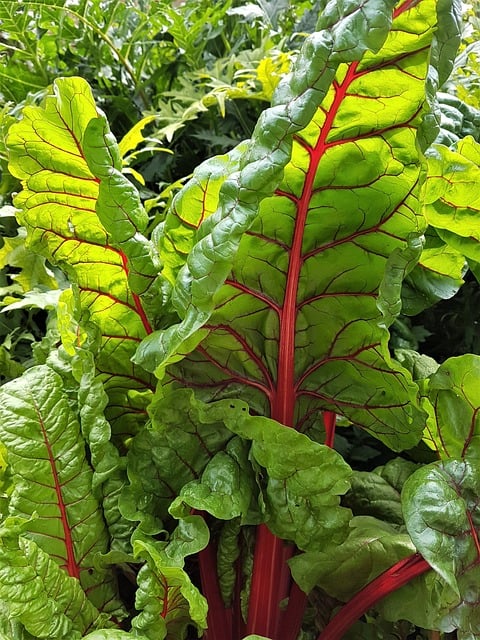
Vitamin-packed Swiss chard is a powerhouse of nutrition and flavor that adapts beautifully to cooler weather conditions. By planting Swiss chard in August, you’re setting yourself up for a continuous harvest throughout the fall and even into winter in some milder climates.
Not only is Swiss chard aesthetically appealing with its bright stems and dark leaves, but it is also known for its resilience. It can withstand light frosts, making it an excellent choice for late-season planting. When establishing Swiss chard, ensure to space the seeds adequately to allow for its expansiveness.
One delightful aspect of Swiss chard is that both the leaves and the stems are edible, lending versatility to your meals. Whether sautéed, added to soups, or consumed raw in salads, this leafy green proves to be a kitchen favorite.
Carrots
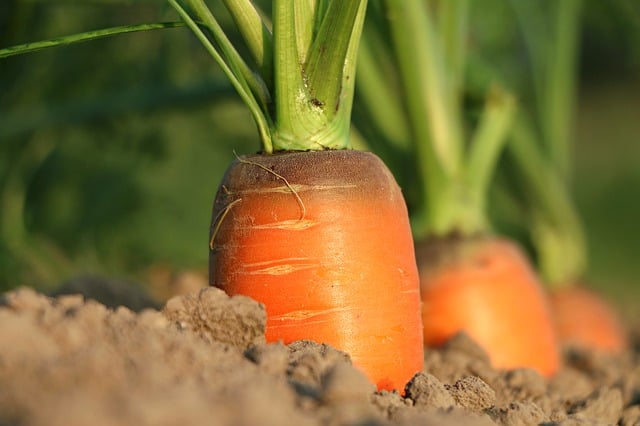
Carrots are indeed a quintessential vegetable for fall planting. When planted in August, they can develop rich flavors as the weather cools down. They love nutrient-dense, loose soil which allows their roots to grow deep and straight, making soil preparation key to success.
As carrots take about 70-80 days to mature, check the frost dates to ensure your timing is perfect. A great tip is to use a succession planting method, where you sow seeds every couple of weeks, ensuring you have fresh carrots available throughout the fall.
Carrots can also be left in the ground through frost and harvested as needed, as the cold can enhance their sweetness. Just be sure to harvest before the ground freezes solid, or you might lose them to winter’s grip!
Spinach
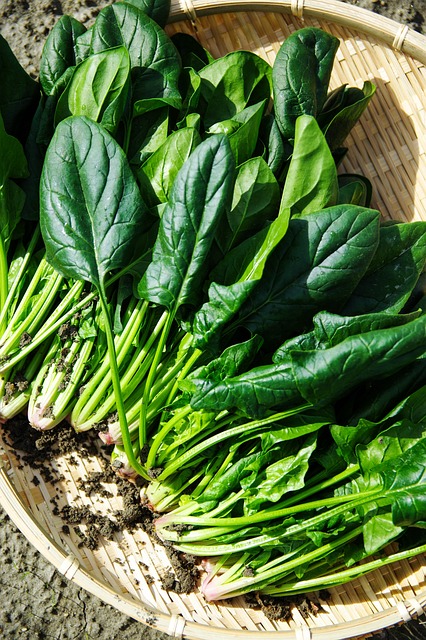
Spinach is another cool-weather favorite to consider for an August planting. Renowned for its numerous health benefits, spinach thrives in the crisp air of autumn and can even produce throughout the winter in milder climates. This nutritious leafy green is relatively straightforward to grow, requiring well-drained soil and partial to full sunlight.
By sowing spinach seeds in late August, you set the stage for fresh salads and healthy green smoothies, right when your summer crops start to dwindle. Be mindful of the water requirements, as spinach roots prefer consistently moist conditions.
One of the joys of growing spinach is its speedy growth—most varieties can be harvested within 40-50 days. You can enjoy baby spinach leaves within weeks, or allow larger leaves to mature for hearty salads or cooking.
Collard Greens
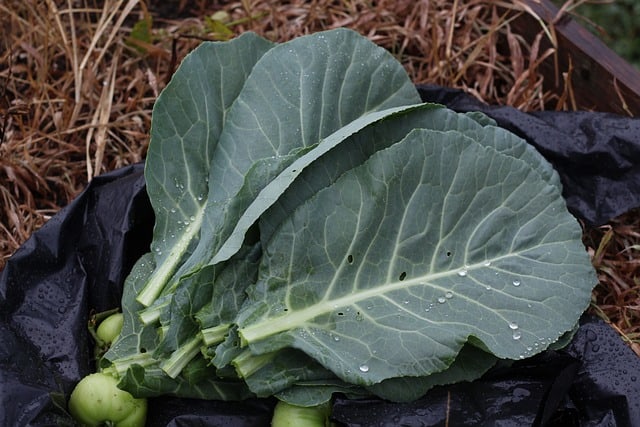
Collard greens are a southern favorite that thrive in the cooler months, and planting them in August ensures a great harvest well into fall. Like its leafy cousins, collard greens are incredibly resilient and can tolerate frost. They are also an excellent source of vitamins and minerals, making them a staple in many diets.
When planting collards, keep rows spaced properly to allow for their large leaves to expand. They prefer rich, loamy soil, so consider amending your garden bed with compost before planting. With an average maturity of about 75-90 days, collard greens can be harvested by cutting the outer leaves as the plant grows.
One interesting aspect of collard greens is that they can be enjoyed in various ways—from being sautéed with garlic to featured in soups or even used as a wrap for a healthy alternative to tortillas. This adaptability makes them a fantastic choice for your late summer planting.
Mustard Greens
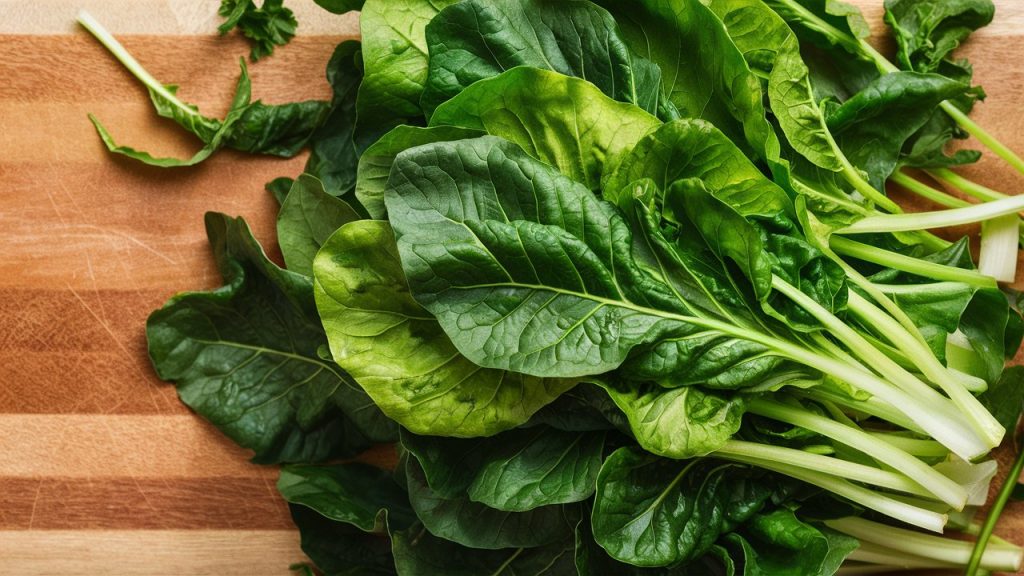
Mustard greens, known for their peppery flavor, are quick-growing and delicious additions to any garden. They thrive in cooler temperatures, making them perfect for a planting in August. These greens can add a zesty punch to your salads or stir-fries.
In just 30-45 days, you can enjoy a fresh harvest. They appreciate well-draining soil and should be planted in full sun for maximum growth. As mustard greens tend to grow quickly, consider planting successive crops every couple of weeks for an extended harvest.
Their unique flavor makes them a delightful addition to your meals, and they offer a variety of nutrients. Plus, they’re relatively low maintenance, making them an excellent choice for both beginner and experienced gardeners.
Kale
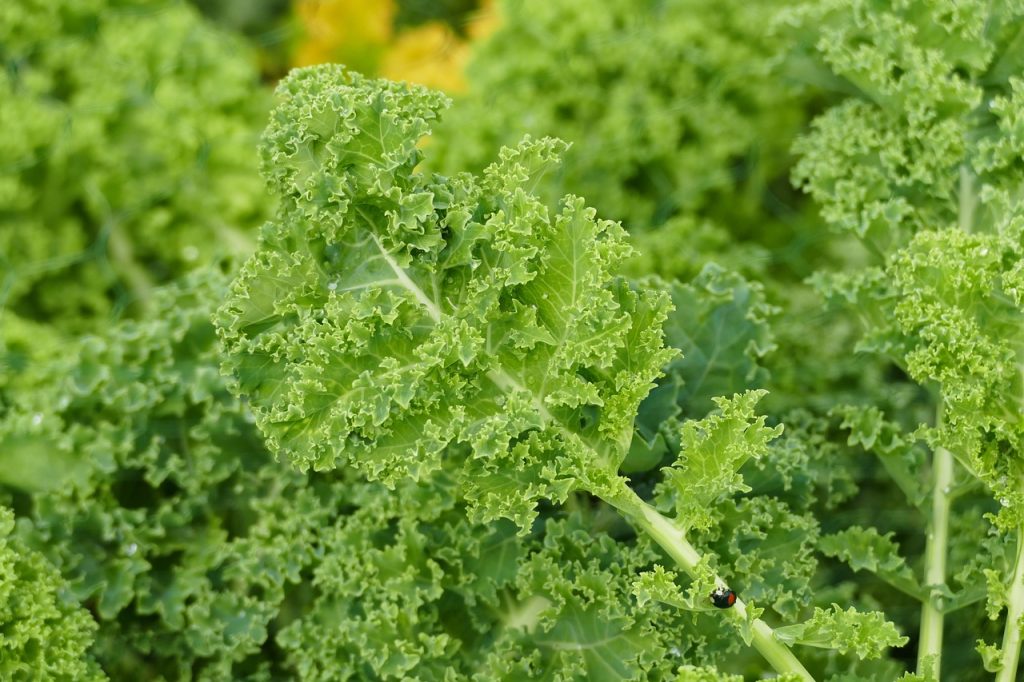
Kale, the darling of the superfood world, is another splendid option for August plantings. This leafy green is incredibly versatile and packs a nutrient punch. It thrives in cool weather and can even survive frosts, which can enhance its sweetness.
Kale typically takes around 55-75 days to mature, depending on the variety. When considering planting, ensure to space seeds adequately as kale can spread out quite a bit. This nutrient-dense vegetable can be harvested continuously—simply cut the outer leaves while leaving the center to continue growing.
From smoothies to salads and even soups, kale offers a wide range of culinary uses. It’s a fantastic addition to your garden, especially as it can continue to produce until late fall.
Herbs For August Plantings
In addition to your vegetable crops, don’t forget to incorporate some beautiful herbs that thrive when planted in August. Having a variety of fresh herbs on hand can elevate your dishes and add vibrant flavors to your meals.
Basil
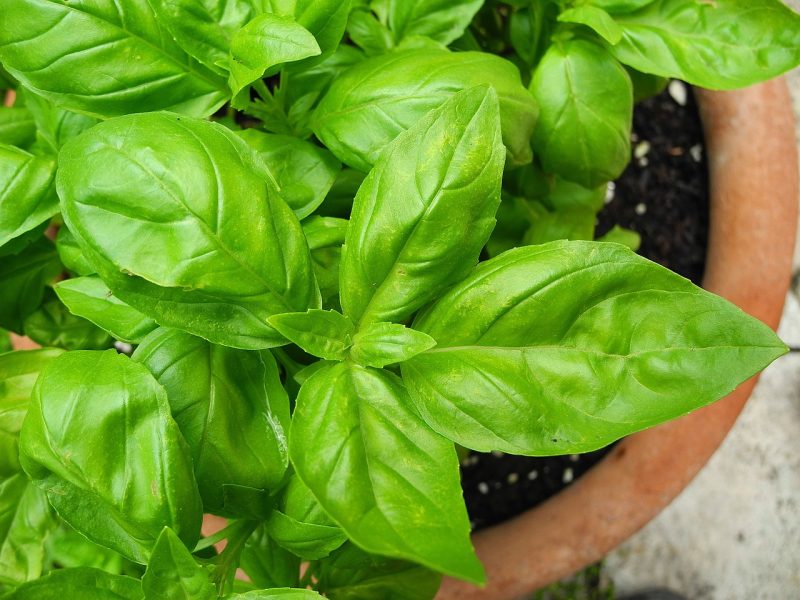
Basil is an aromatic herb that loves warmth but can be successfully grown in the late summer for a fall harvest. It grows quickly and yields fresh leaves that can be used in salads, sauces, and various dishes.
Chives
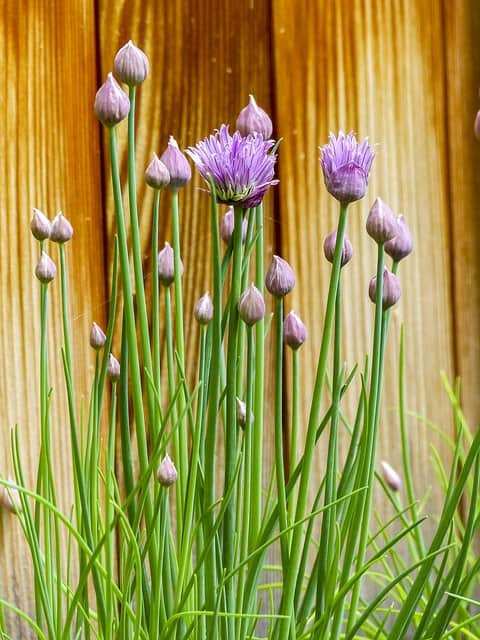
Chives are hardy perennials that can be planted in August and will bring fresh flavor to your kitchen for years to come. They adapt well to different soil types and provide a mild onion flavor that’s delightful in salads and other dishes.
Lemon Balm
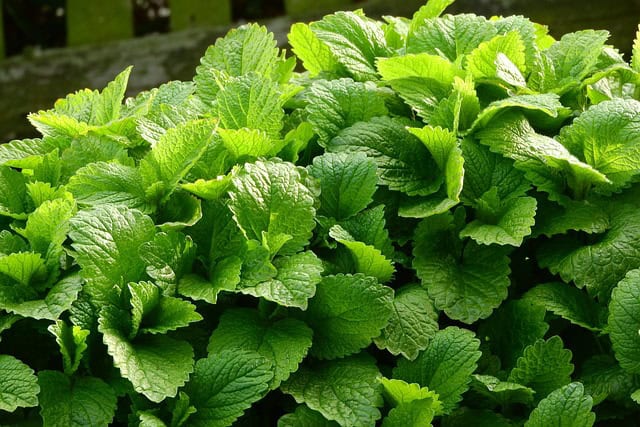
This fragrant herb not only smells incredible but also offers calming properties. Lemon balm can be grown late into the summer, and its versatility makes it useful in teas, salads, and desserts.
Dill
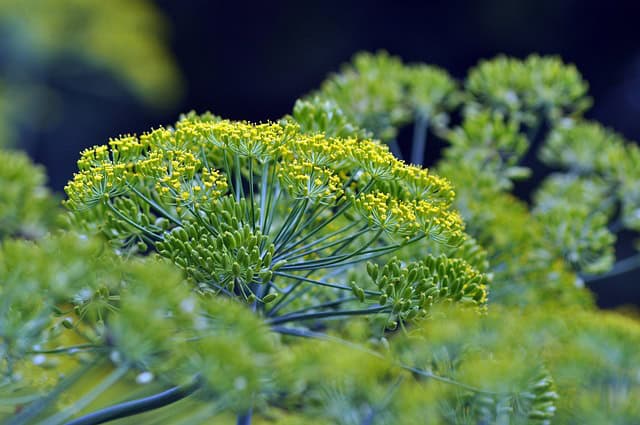
Dill is a wonderful herb that pairs beautifully with many dishes. When planted in August, it can flourish until early fall. Fresh dill adds depth to pickles, salads, and sauces, making it a great herb to include in your garden.
Parsley
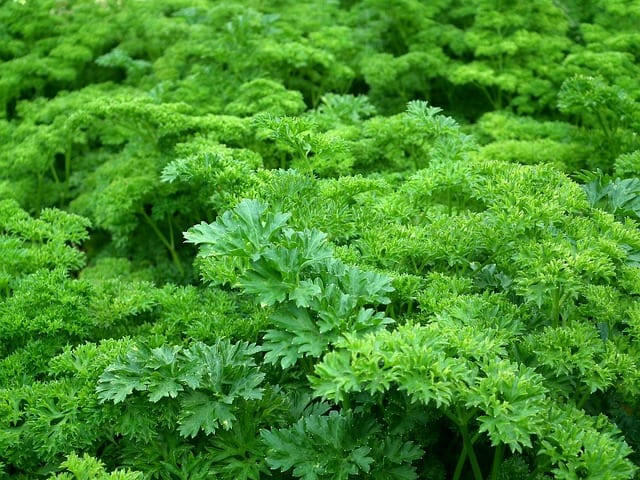
Parsley is a versatile herb featuring both curly and flat-leaf varieties. When planted in August, it will continue producing through the fall, providing a fresh addition to soups, salads, and garnishes.
Rosemary
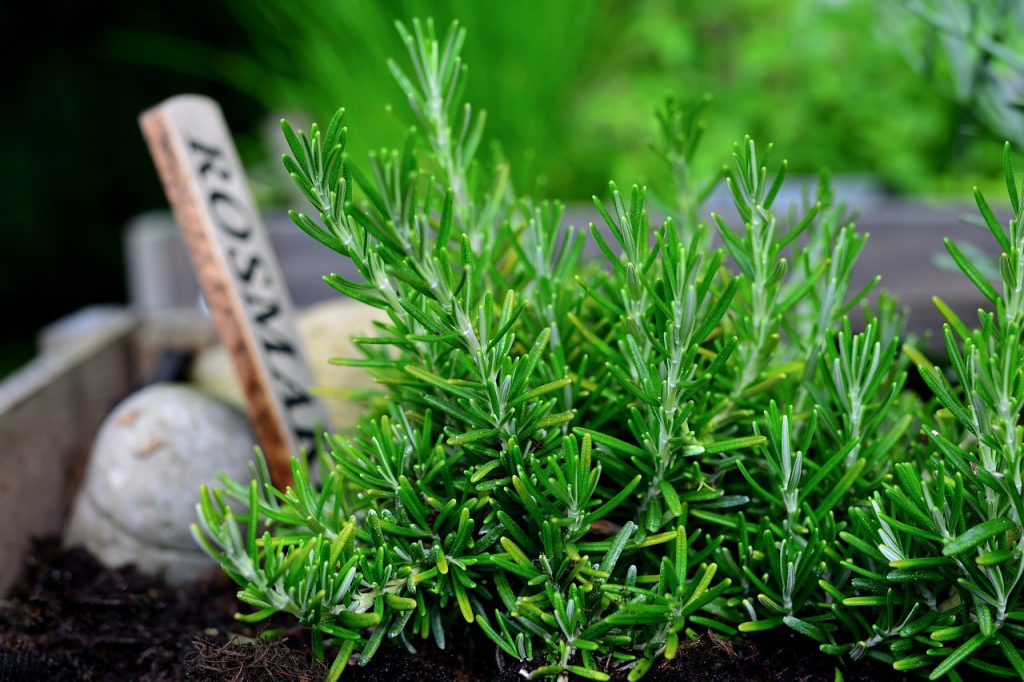
While rosemary appreciates a warm growing season, it can still thrive in late summer. This aromatic herb is fantastic for seasoning meats and vegetables, and it can be grown in pots, making it easy to manage any climate.
Lavender
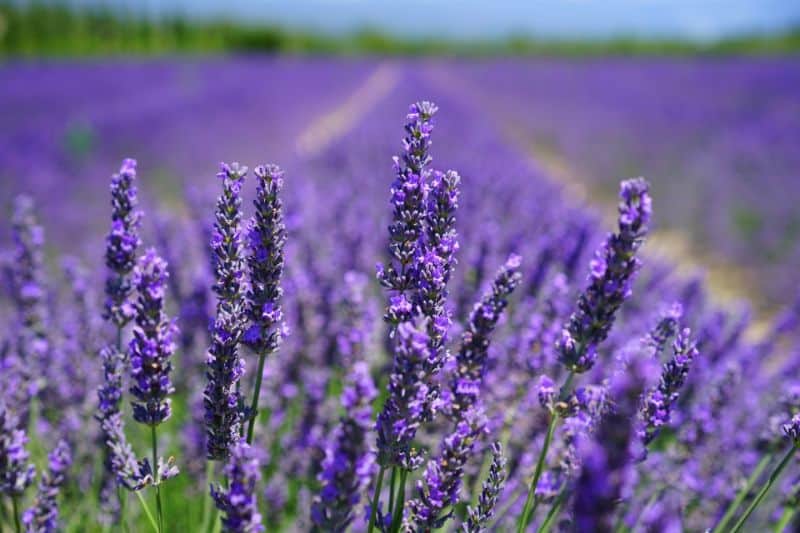
Planting lavender in August can lead to a fragrant and beautiful addition to your garden. This herb can provide culinary uses as well as lovely aromatic qualities that enhance your outdoor spaces.
Coriander
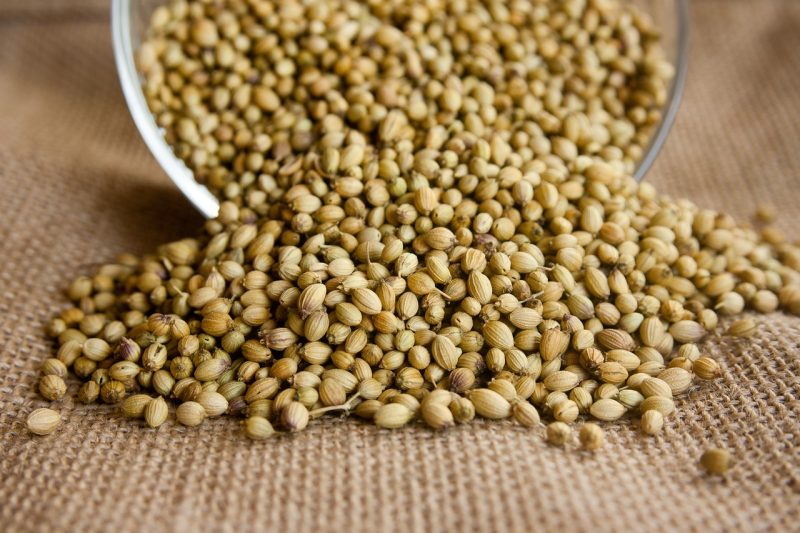
Coriander is an herb that can be planted in late summer for a fall harvest. This herb is famous for its unique flavor, used widely in various cuisines. It grows quickly, thriving in well-drained soil.
Turmeric
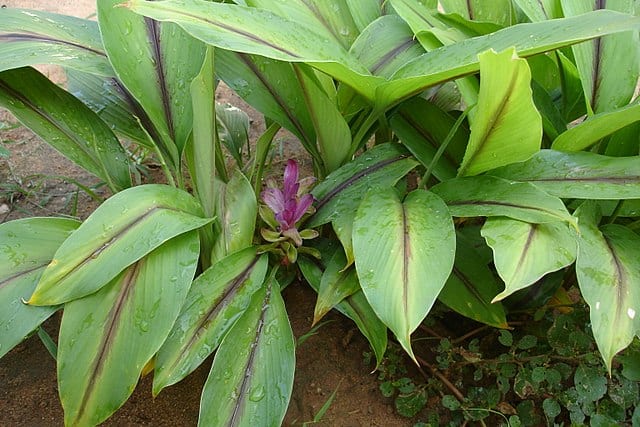
Though pliable in warmer conditions, turmeric can be planted in August if temperatures remain favorable. Turmeric roots can be harvested in about 8-10 months; however, its leaves can be used in various dishes sooner.
Ginger
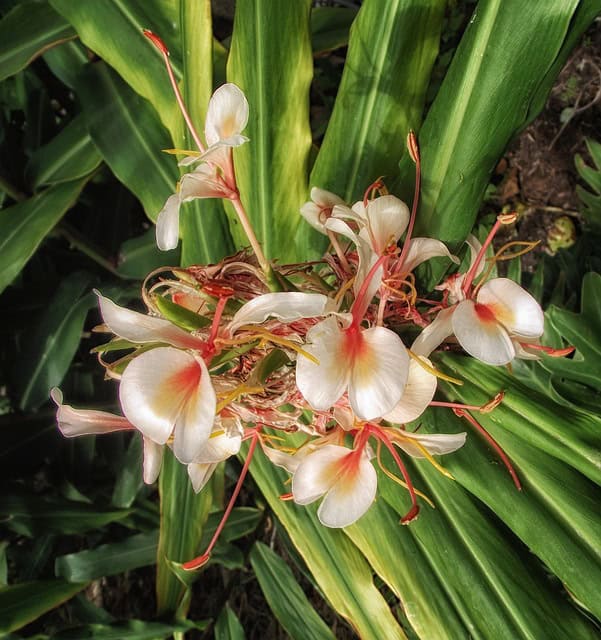
Like turmeric, ginger prefers warm conditions but can still be planted in August to capture late summer warmth. Fresh ginger can add fantastic flavor to countless dishes, making it worth trying for the patient gardener.
Lemongrass
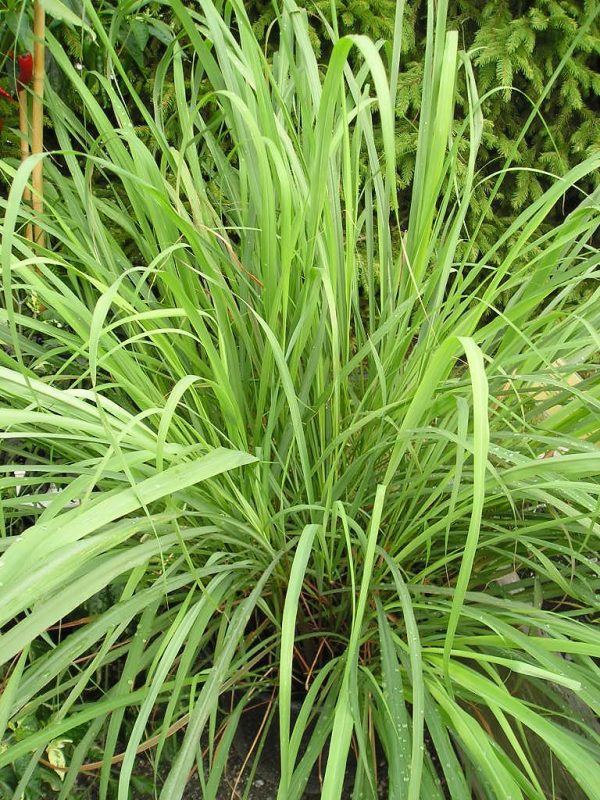
Lemongrass, used in many Asian cuisines, can be planted in late summer as the temperatures remain warm. This fragrant herb grows tall and can provide both culinary delight and aesthetic appeal to your garden.


